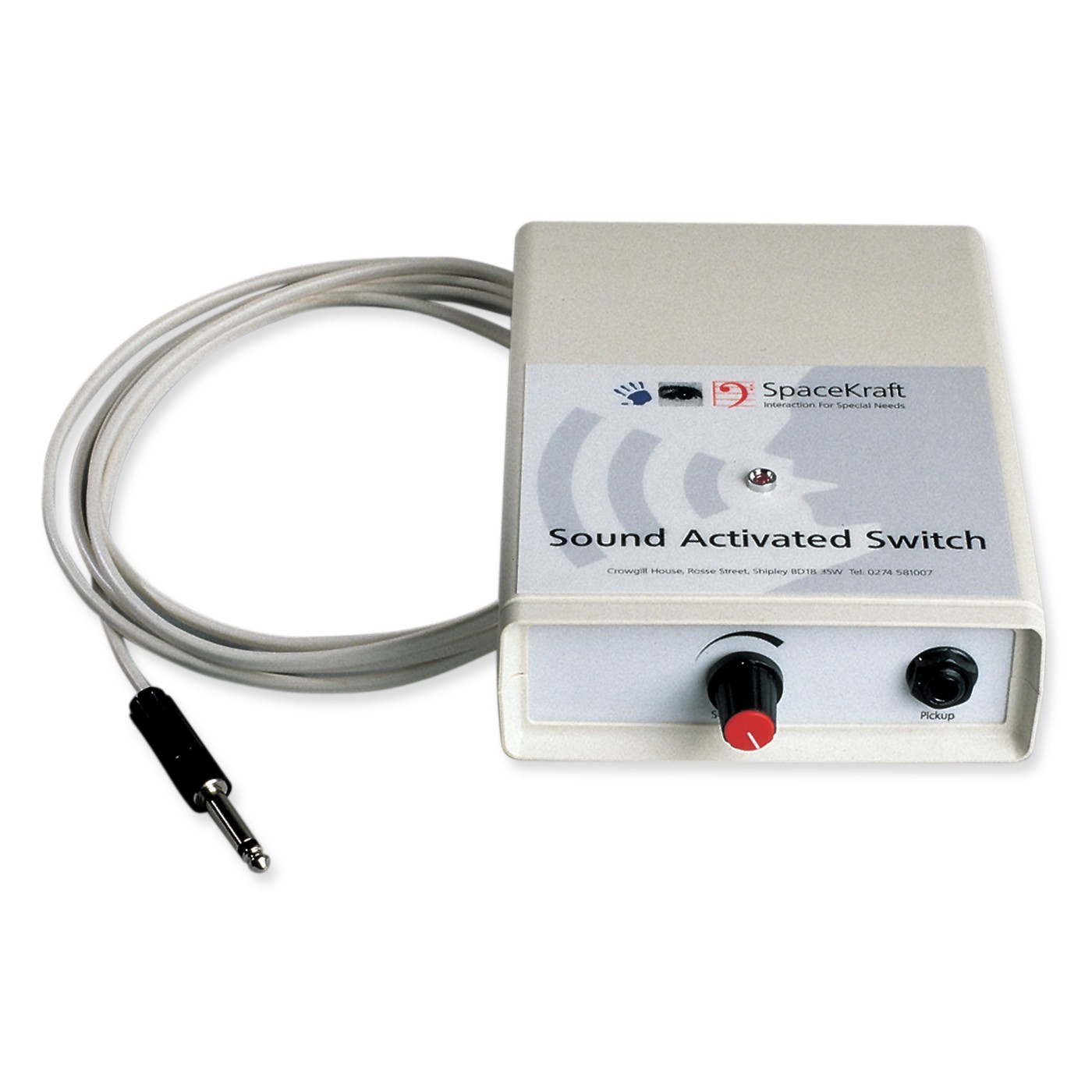

On a clap, the state of the bistable changes. Since this resistor sees voltage, it supplies the base with current, ensuring that the transistor remains on. Since this transistor is off, its collector is near supply potential and a resistor connects from this to the base of the other transistor. Since this resistor sees ground at the collector end the base at the other end receives no current, so that transistor is off. When one transistor conducts, its collector is near ground, and a resistor from this collector feeds the base of the other. You can set it to one of two possible states, and it will stay in that state until the end of time.

Two cross connected transistors in a bistable multivibrator arrangement make up a circuit that remembers. Provided, of course, that you use that 10 microfarad electrolytic capacitor. The 4.7 Megohm resistor in the previous version was as good as an open circuit, and its omission does not affect the operation of the clap switch in any way. Its function is to produce no output for small sounds and large output for (slightly) bigger sounds, so the customary biasing network can be omitted. This is not a high fidelity audio amplifier. This causes the current through the transistor to increase, and this increase in current causes the voltage at the collector, which was sitting near the supply voltage, to fall to nearly zero. The first time the microphone output goes positive, however, (because somebody clapped) this change gets coupled to the base entirely due to the action of the capacitor. So the collector will have Hfe times this leakage, which can usually be ignored. The top of the electret microphone is at a few volts, the base conducts at around half a volt, so the leakage current of the capacitor (all electrolytic capacitors leak at least a little bit) will eventually cause the steady state condition in which the leakage of the capacitor goes into the base terminal of the transistor. The output of the microphone is coupled to the base of the transistor using an electrolytic capacitor (note: using a better capacitor here will not work). The value of 5600 ohms (usually abbreviated to 5.6K, and written down in schematics as 5K6) seems to work all right.Ī transistor stage, biased near cut-off (that is, almost no current with no signal) amplifies the signal from the microphone. A larger resistor will give you a larger voltage, but then, the current into the device gets reduced which brings down the gain. The power for this built in amplifier is supplied by connecting a resistor to a positive source of voltage, and the changes in current get reflected as changes in voltage across this resistor according to the familiar relation V = I*R. This microphone has a stage of amplification built in.


 0 kommentar(er)
0 kommentar(er)
